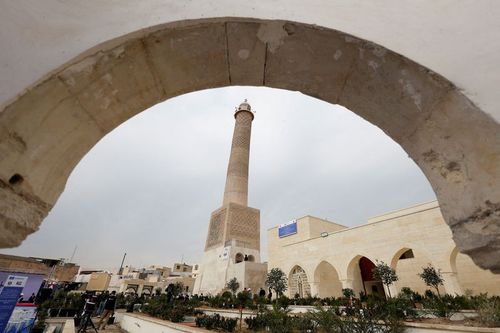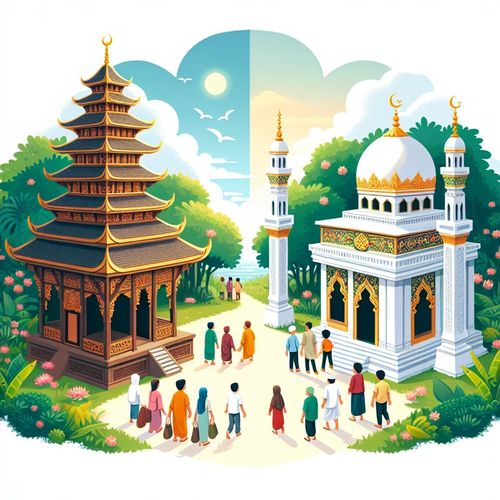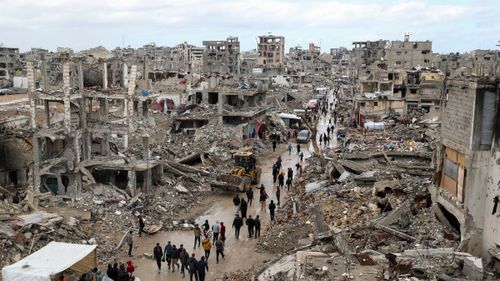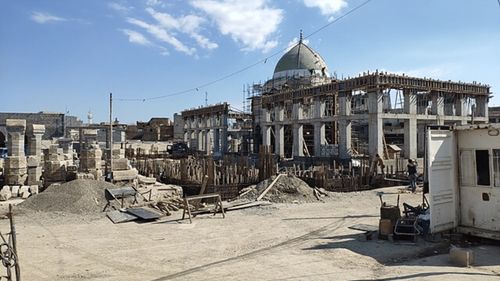 Yahoo!
Yahoo!UNESCO Restores Mosul Heritage Sites Damaged by Islamic State
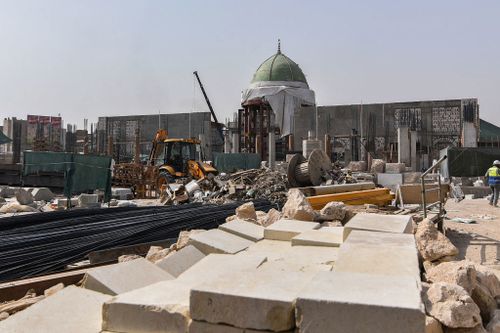
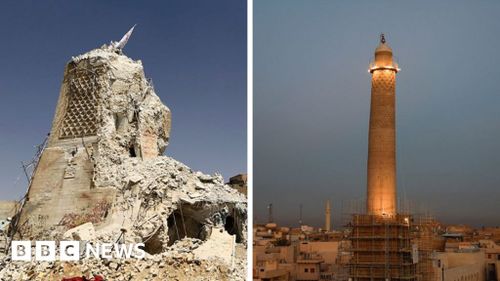
Historic buildings in Mosul, including churches and mosques, are being reopened following years of devastation resulting from the Iraqi city's takeover by the extremist Islamic State (IS) group. The project, organised and funded by Unesco, began a year after IS was defeated and driven out of the city, in northern Iraq, in 2017. Unesco's director-general Audrey Azoulay attended a ceremony on Wednesday to mark the reopening. Local artisans, residents and representatives of all of Mosul's religious communities were also there. In 2014, IS occupied Mosul, which for centuries was seen as a symbol of tolerance and co-existence between different religious and ethnic communities in Iraq. The group imposed its extreme ideology on the city, targeting minorities and killing opponents.
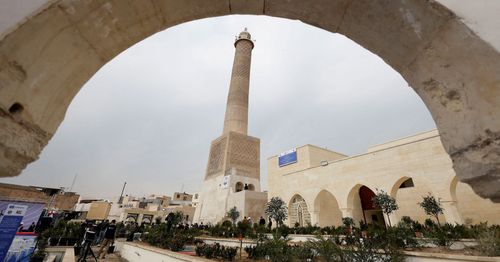
Mosul’s Grand al-Nuri Mosque, known for its eight-century-old leaning minaret, destroyed by Islamic State militants in 2017, has been renovated in a boost for Iraq's second city as it rebuilds after long years of war. From the pulpit of this medieval mosque on July 4, 2014, Islamic State leader Abu Bakr al-Baghdadi declared a self-styled ‘caliphate’ spanning parts of Syria and Iraq. Three years later, the ultra hardline group demolished the mosque in the final weeks of a U.S.-backed Iraqi campaign that ousted the jihadists from Mosul, their de facto capital in Iraq. Protracted and fierce urban warfare largely reduced the historic landmarks of Iraq's second city to rubble.
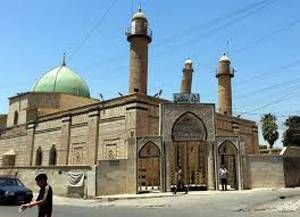
MOSUL - Historic buildings in Mosul, including churches and mosques, are being reopened following years of devastation resulting from the Iraqi city’s takeover by the extremist Islamic State (IS) group. The project, organised and funded by Unesco, began a year after IS was defeated and driven out of the city, in northern Iraq, in 2017. Unesco’s director-general Audrey Azoulay is attended a ceremony on Wednesday to mark the reopening. Local artisans, residents and representatives of all of Mosul’s religious communities will also be there. In 2014, IS occupied Mosul, which for centuries was seen as a symbol of tolerance and co-existence between different religious and ethnic communities in Iraq. The group imposed its extreme ideology on the city, targeting minorities and killing opponents. Three years later, a US-backed coalition in alliance with the Iraqi army and state-linked militias mounted an intense ground and air offensive to wrest the city back from IS control.

